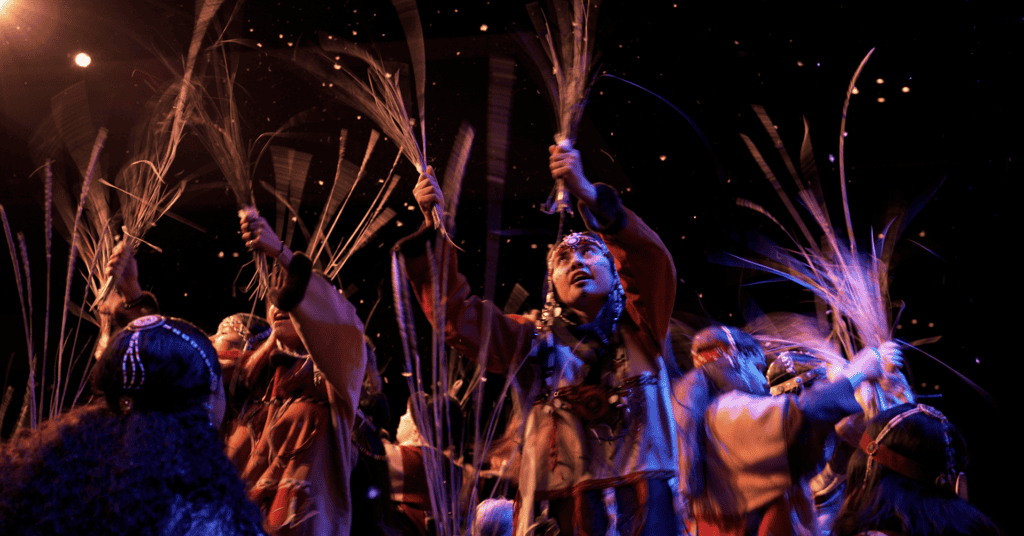Traditional land of the Unangax̂ People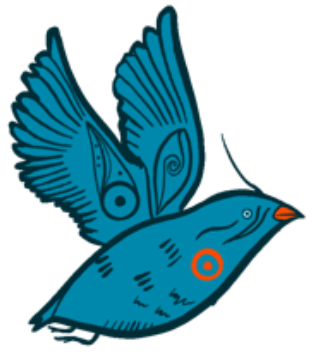
Adak Island is the traditional home to the Unangax̂ (Aleut) people, who have lived for centuries within the rugged and wild environment of the Aleutian Islands. Human migration across the Bering Land Bridge during the last Ice Age more than 12,000 years ago led Unangax̂ descendants westward from the Alaska Peninsula (mainland). It was here, in this sun-poor but ecologically rich environment, where the the Unangax̂ built skin boats to paddle between the islands of Unangam Tanangin, or what is now called the Aleutian Islands. Called iqyax, or bidarka, these boats resembled the kayaks of the Arctic Yu’pik groups but were constructed to be longer and sleeker to better navigate the turbulent waters of the Aleutian’s many islands.
Those Indigenous to the Aleutian Islands call themselves Unangax̂, in their own Unangam Tunuu language, and Aleut, the name given when foreigners first came to the region in the mid-1700s. Making their homes in large subterranean dwellings called ulax̂, the Unangax̂ lived communally, hunting the upland areas and shorelines, and fishing freshwater streams and open seas. Traditionally, the men of Adak’s early settlements hunted the open ocean for seals, whales, sea lions, and sea otters. Women were in charge of gathering fish, birds, wild plant foods, and mollusks. The wild plant foods included berries and beach greens, gathered in fine grass basketry woven by the women.
Skilled in all crafts of survival and subsistence, the Unangax̂ created sophisticated clothing to protect themselves from the area’s wet, cold, and windy climate. Warm, waterproof, and utilized nearly every day of the year, the kamleikas, or tunics, were constructed from the gut of sea mammals like sea lions or seals, making them extremely lightweight. Seams were stitched from either sinew or sea grass that expanded when soaked in water, the hooded kamleika protected the wearer well against both wind and rain and usually had drawstrings at the wrists and hood.
Another important accessory was the bentwood hat, worn by Unangax̂ men. This hunting hat was shaped from bent sections of driftwood, often boiled and carved to obtain the distinctive visor-like shape. The hats were also designed as ornamental and spiritual connections to the Unangax̂ animal and natural world and were decorated with beads, sea lion whiskers, paint, and sometimes walrus ivory.



Russian Influence
For all the nautical miles traveled around Alaska by Russian and European parties during the latter part of the 18th century, it was actually the Unangax̂ who experienced the earliest contact with the unfamiliar newcomers.
When storied adventurers Vitus Bering of Denmark and Alexei Chirikov of Russia sailed east on a Russian Empire-sponsored expedition in 1741 to explore the geographic pathways between North America and Asia, crews quickly noticed the abundance of wildlife, including the sea otter, whose rich, luxurious fur was highly prized in the Chinese market. When the ships eventually returned to Russia, news spread about their numbers, and fur traders began plying the waters around the Great Land, including the Aleutian Islands.
The arrival en masse of Russian fur traders was a devastating and violent intrusion into Unangax̂ life. Driven by the lucrative sea otter trade, these colonizers enslaved Unangax̂ people, forcing them into brutal labor both at sea and onshore to fuel their industry. Entire communities were torn apart as men were taken to crew ships, while women and children were left vulnerable to exploitation and violence.
Despite fierce resistance from the Unangax̂, the traders wielded superior weaponry and ruthless tactics to suppress uprisings and maintain control. In addition to forced labor, the colonizers introduced deadly foreign diseases, to which the Unangax̂ had no immunity. The consequences were catastrophic—by 1800, a mere 50 years after the Russians arrived, the Unangax̂ population had been decimated by nearly 80 percent, leaving only 2,500 survivors.
By 1830, Russian and other European groups had fully occupied Adak Island, uprooting Unangax̂ families and forcibly relocating them to Russian-controlled settlements in Kodiak, the Pribilof Islands, and Sitka. What began as a ruthless extraction of natural resources became an outright assault on Unangax̂ sovereignty, culture, and survival.
By the time the United States purchased Alaska in 1867, the Unangax̂ population and way of life had already been devastated by decades of colonization. Only 17 Unangax̂ communities remained, and that number would continue to decline in the years that followed. Beyond the staggering loss of life, Unangax̂ cultural, social, and religious structures faced relentless dismantling.
The Unangax̂ had long followed a matrilineal kinship system, but Russian and later American colonizers imposed foreign governance structures that disregarded traditional leadership and societal roles. As the Unangax̂ sought ways to coexist, they were met with continued domination from colonial forces, further disrupting their autonomy and deepening the struggle to preserve their identity.
The Introduction of Russian Orthodoxy
Hand in hand with these changes came a new religion, Russian Orthodoxy. By the later eighteenth century, even before the first Russian Orthodox priests had arrived from Russia, Unangax̂ were being baptized into the church by Russian laymen, and Russian Orthodoxy quickly became the sole religion of the region.
It is interesting to note, however, that the fur trade companies clashed mightily with the Russian Orthodox Church as a whole. The fur trade was explicitly for commerce, and while many ships traveled with a priest on board, these individuals were not officials of the companies and thus stuck to the values and morals of the Church for the most part. Thus, when clergy became alarmed at the treatment of Unangax̂, conflicts arose between the traders and the Russian Orthodox Church. Priests stuck to their goal, however, of converting any non-Christian to the Church, and that included the Unangax̂, and these clergy were relentless in their pursuit of their ‘commissioning’ efforts.
What is unique to the Russian Orthodoxy, too, is the faith’s commitment to preserving a culture’s traditional beliefs and practices, unlike so many other religious orders. Even though the lives of the Unangax̂ (also by now called Aleut) had been greatly disrupted by the Russians’ arrival and enslavement, the Church did not overtly declare a dramatic shift in the way the people lived in their communities. With one goal, a conversion of faith, The Russian Orthodox Church sought only to convince the Unangax̂ to transition their spirituality, not cultural identity
Unangax̂ Peoples Today
Undeniably, the arrival of colonizers in the 1700s forced a devastating and lasting impact on the Unangax̂ people, altering the course of their future through violence, displacement, and cultural suppression. Yet, despite these injustices, the Unangax̂ have endured. Their fortitude, adaptability, and deep-rooted independence are not relics of the past but living testaments to their resilience—proof that, even in the face of centuries of hardship, the Unangax̂ people continue to stand strong today.
The passage of the Alaska Native Claims Settlement Act (ANCSA) in 1971 marked a pivotal moment in this history, leading to the creation of Alaska Native Corporations that continue to empower and uplift Indigenous communities. Today, The Aleut Corporation carries this legacy forward, fostering economic growth, cultural preservation, and opportunities for future generations.
To learn more about Unangax̂ today, visit aleutcorp.com.
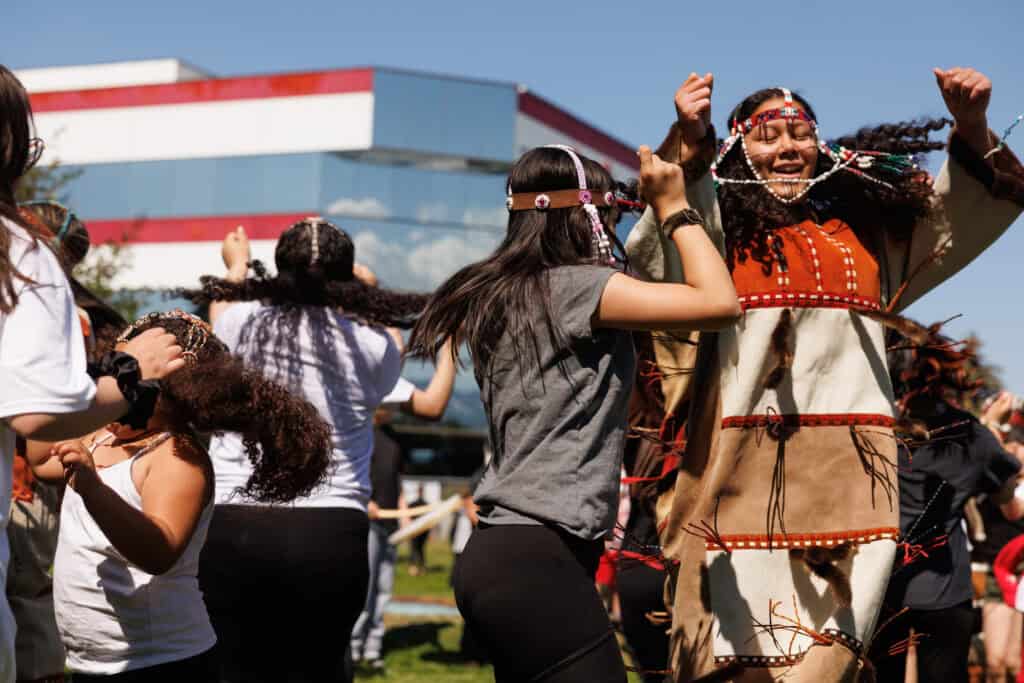
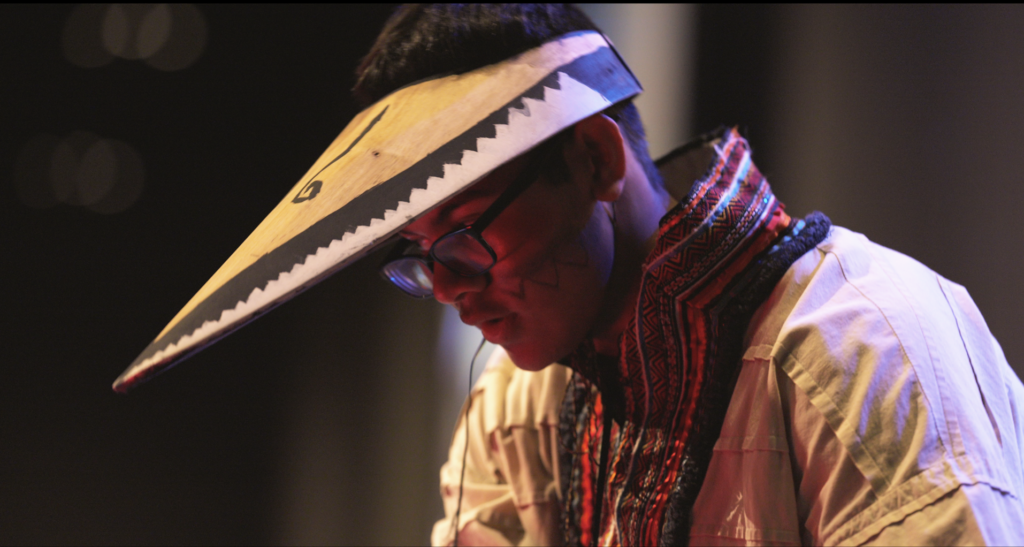
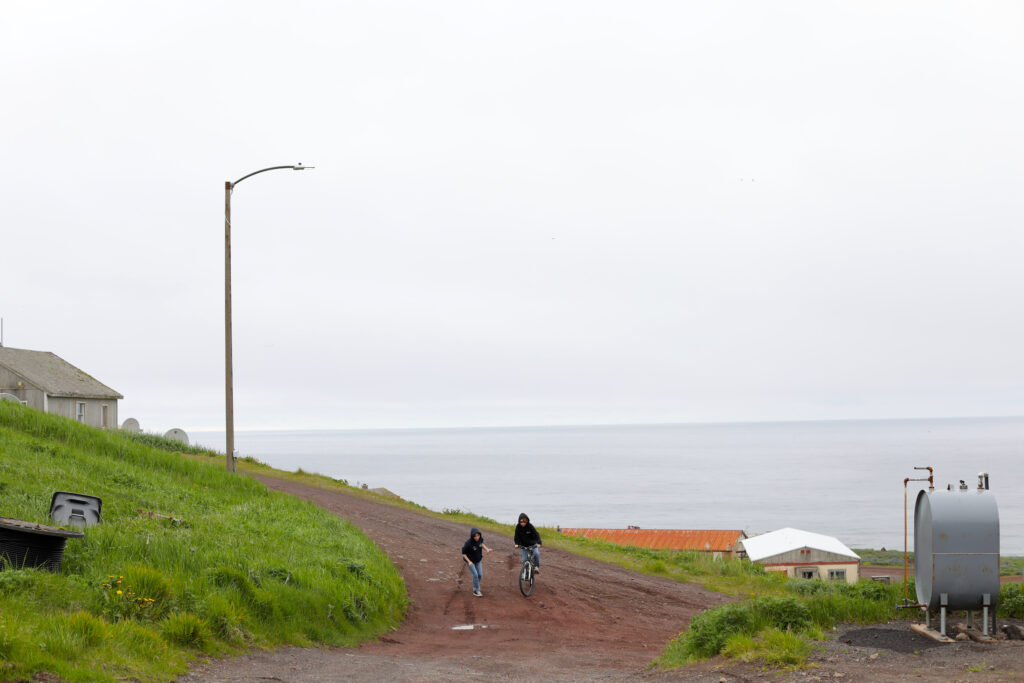
Sources
Aleutian Islands Pribilof Association
https://www.apiai.org/departments/cultural-heritage-department/culture-history
Daley, Robert, “Unangax̂ Orthodox Christianity: Conversion Through Similarity” (2019).
Master of Arts in Humanities | Master’s Theses. 8.
https://doi.org/10.33015/dominican.edu/2019.HUM.08
